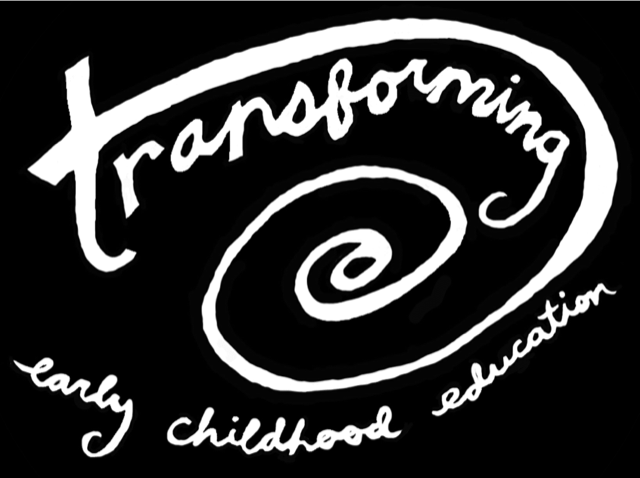Rid of vs Root Of
Rid of vs Root Of
It is unfortunate that more often than not, when "childcare" is in the news, it's not for a good reason. This week, I read an article about a childcare provider who slapped a two-year-old child across the face because the child spit at her. She stated that the child "disrespected" her, so she had to smack them. I would like to say that the provider's statement shocked me, but unfortunately, it doesn't.
Many people who care for young children believe that when a child exhibits behaviors, they are being disrespectful, defiant, or disobedient. I wish more caregivers for young children understood that behaviors are communication. If a child under the age of seven exhibits a behavior, they are not trying to give someone a hard time; they are having a hard time. It's not purposeful or disrespectful; instead, it is their way of communicating an unmet need.
I often discuss how the world of early childhood education sets educators and children up for failure. For some reason, we, as early childhood professionals, are told to always be busy, keep things moving, and eliminate any behaviors as soon as possible. These unrealistic expectations lead to misunderstandings of how to provide behavior guidance and inappropriate expectations for young children.
The first change we can make is to spend more time being present with the children in our care. Young children don't need five activities a day, five days a week. Instead, they need nurturing caregivers who are keen observers who use their observations to plan opportunities that meet the child's needs.
The second change we can make is to learn how to get to the root of a behavior instead of trying to eliminate it. The child's behavior is their way of communicating their needs. If your only goal is to eliminate the behavior, the child will often modify or switch their behavior because they are still not getting the support they need.
If a child in your care exhibits a behavior that feels challenging to you three times, it is time for an observation, support from your program leader, and a discussion with the child's parents/guardians.
Start by tracking the date, time of day, and area where the behavior takes place.
Use the tracking information to determine the best time of day to observe the child. The key to getting to the root of the behavior is to observe the antecedent, which means "coming before. " This can be any event or environmental factor that occurs before a behavior and prompts that behavior.
Meet with your program leader and ask if they will schedule a time to observe in your classroom. You will ask them to observe the interactions between you and the child. Do not share your observations with your program leader until after their observation. This ensures their observation is their own and not clouded by previously shared information.
After the observation process is completed, it is time to sit down with your program leader to discuss what was observed, the possible roots of the behavior, and discussion points for a conversation with the child's parents/guardians.
When it is time to sit down with this child's parents/guardians, it is essential to start by asking them how things are going at home. What are their parenting peaks (things going well) and valleys (things that feel difficult)? This shows that we are invested in the child and in the child's family.
During the meeting, share the behaviors observed in the classroom and any thoughts about the root of the behavior. Instead of asking the parent/guardian if they see this behavior at home, ask them if their child exhibits any similar behaviors that feel challenging to them.
Before leaving the meeting, create a collaborative plan for supporting the child through behavior guidance in the classroom and at home. Set up a follow-up meeting in two weeks.
After the meeting, send the parents/guardians a follow-up email that shares highlights from the meeting and the behavior guidance plans. Check-in with the parents/guardians via email at the end of the week to touch base.
Ensure that anyone interacting with the child knows, understands, and follows the behavior guidance plan.
While this process sounds time-intensive, it is the core of the work we do as early childhood professionals. It is our responsibility to help children develop the tools and strategies that will help them be successful in life, both in and out of the walls of a classroom. Please take the time to get to the root of the behaviors instead of trying to get rid of them quickly.



